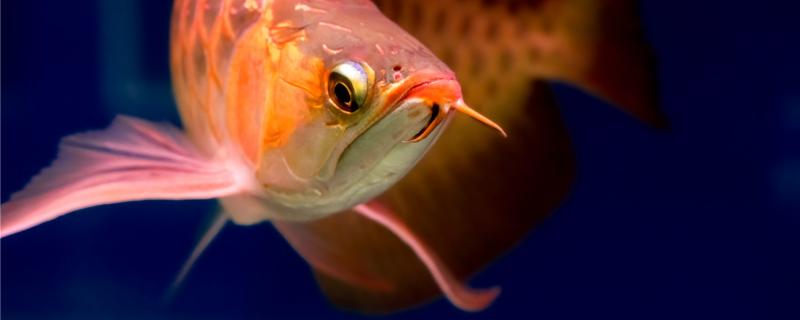 1. When does the red arowana start to develop color
1. When does the red arowana start to develop color The development process of red arowana is very long. When they grow to about 30 cm, their gills begin to develop color. When it is about 35 cm, their first scale frame begins to develop color. When it is about 40 cm, their second scale frame begins to develop color. When they are equal to more than 50 cm in length, their hair color area gradually increases, their color gradually deepens, and each scale frame begins to merge.
Their hair color is persistent, and their body color will be basically stable only after about five years. Moreover, their hair color is wavy, because their hair color area is constantly expanding, and their color becomes lighter visually, and then gradually becomes thicker.
2. How to Feed Red ArowanaRed Arowana belongs to large and medium-sized ornamental fish, so it is necessary to feed colorful feed to improve their ornamental value. First of all, in the juvenile stage, we should feed bread worms, shrimps and other bait that can enhance color and absorb well. Secondly, when you are an adult, you should feed bait containing astaxanthin, such as river shrimp. However, attention should be paid to removing the head and tail of river shrimp. Finally, adult fish can be fed with synthetic color-enhancing feed. But this kind of feed is harmful to fish, so it should be fed in small quantities.